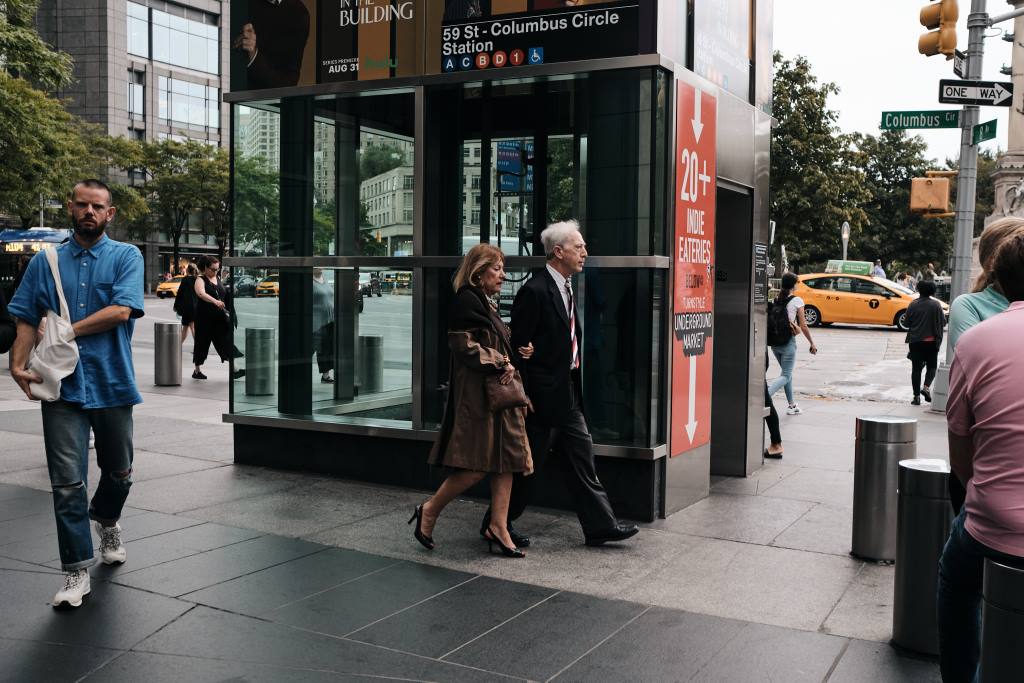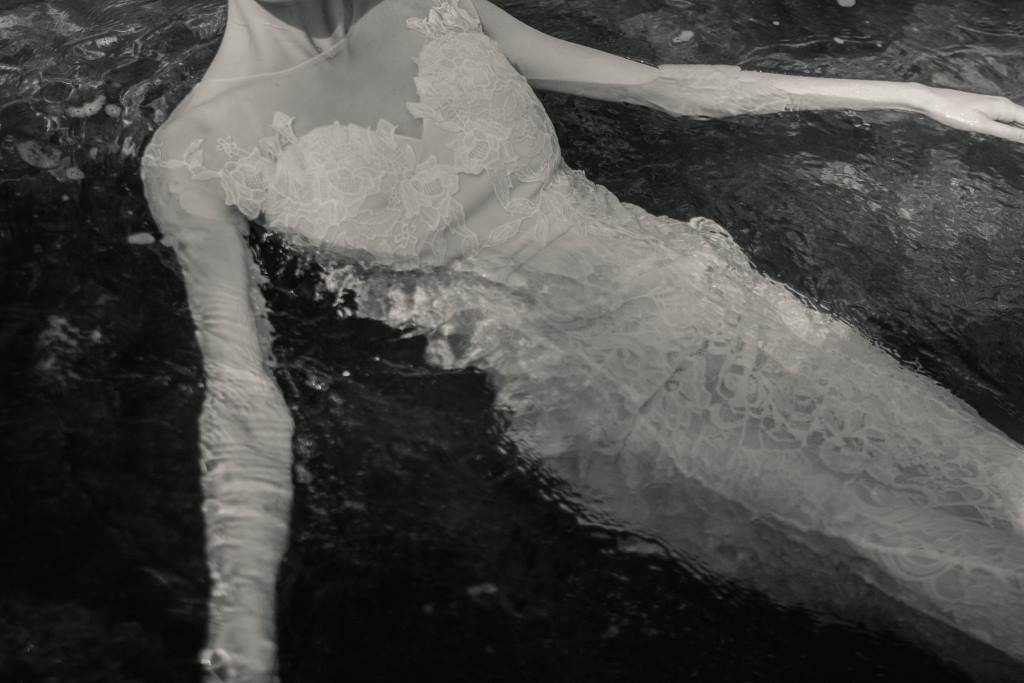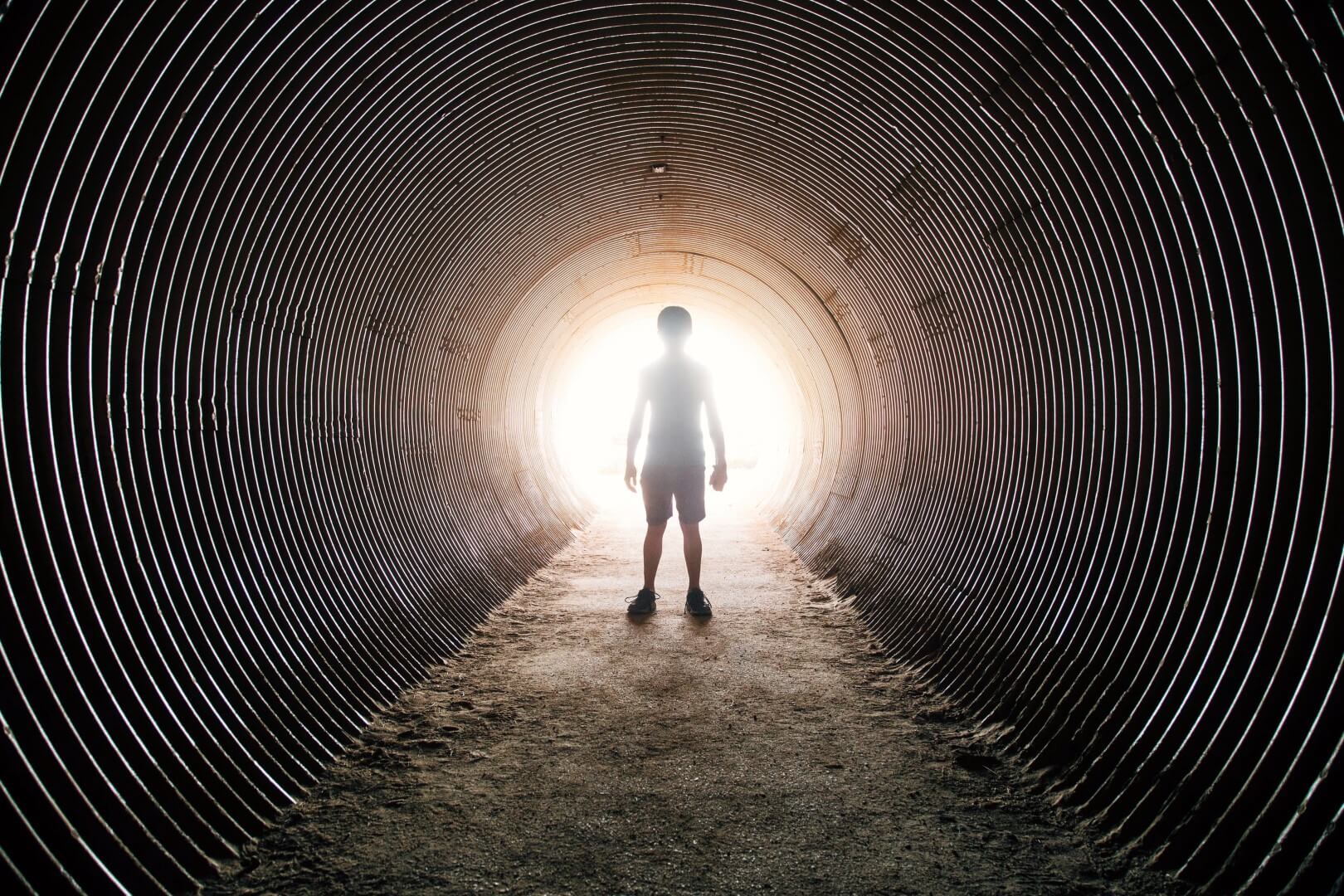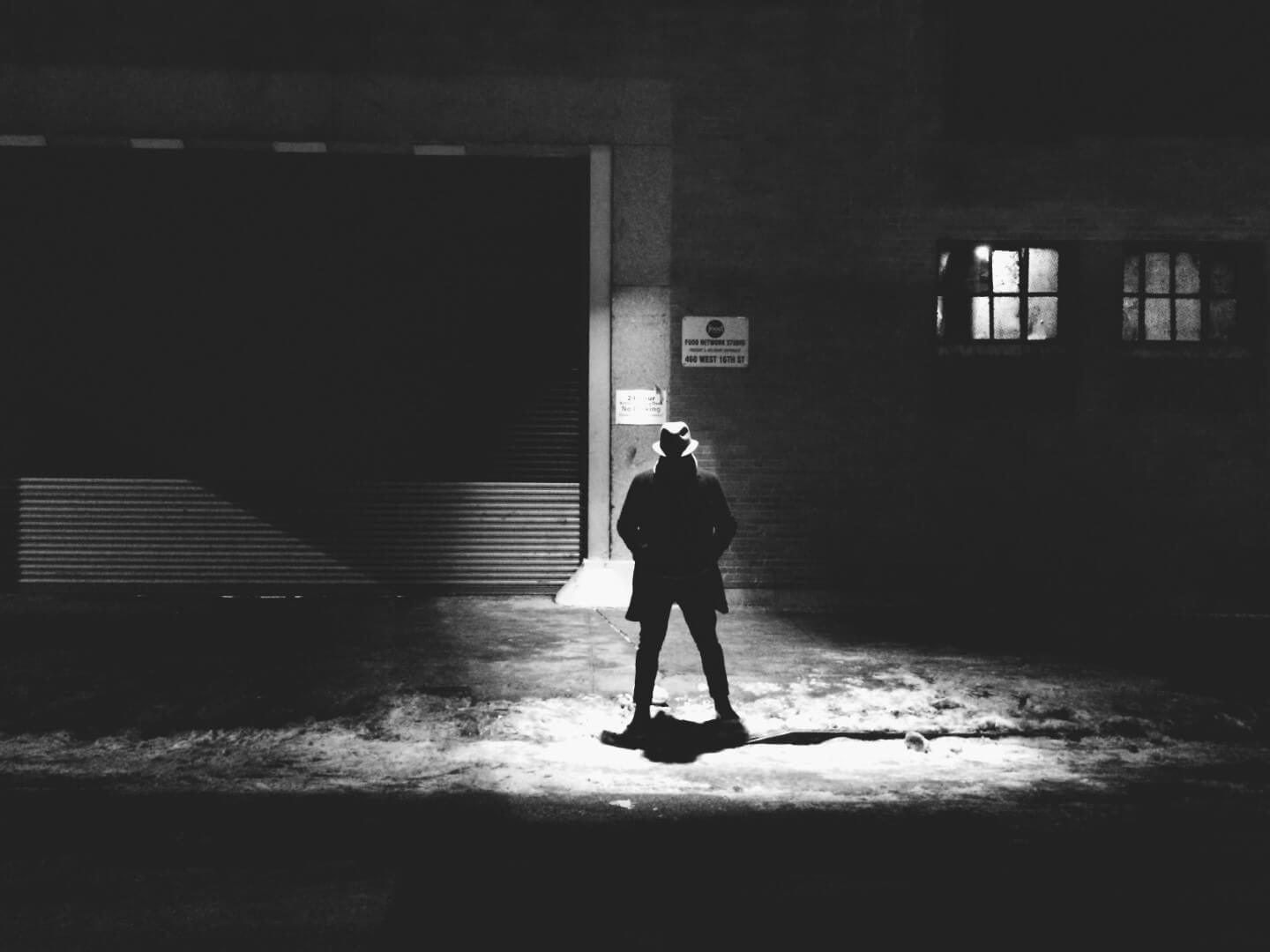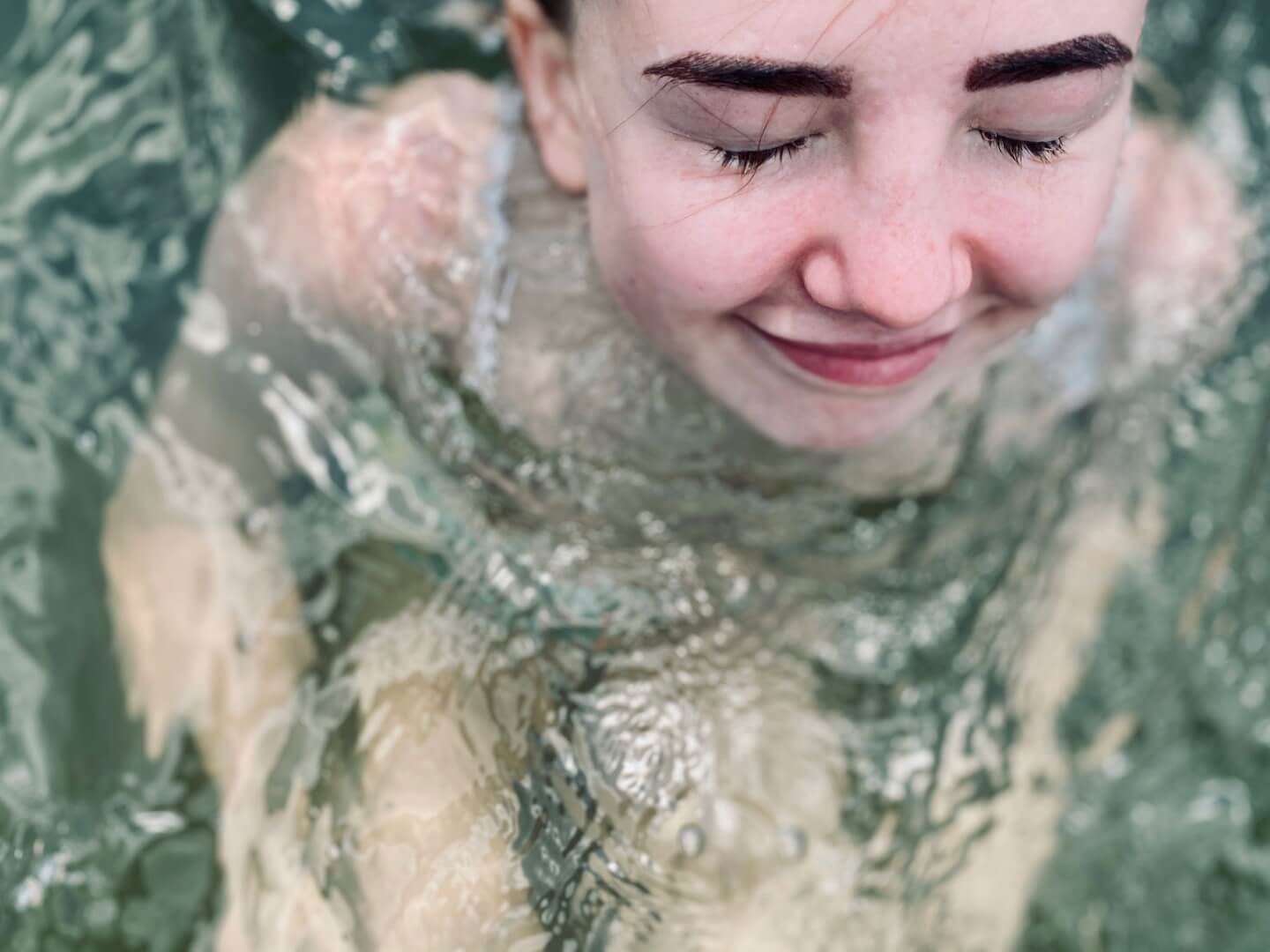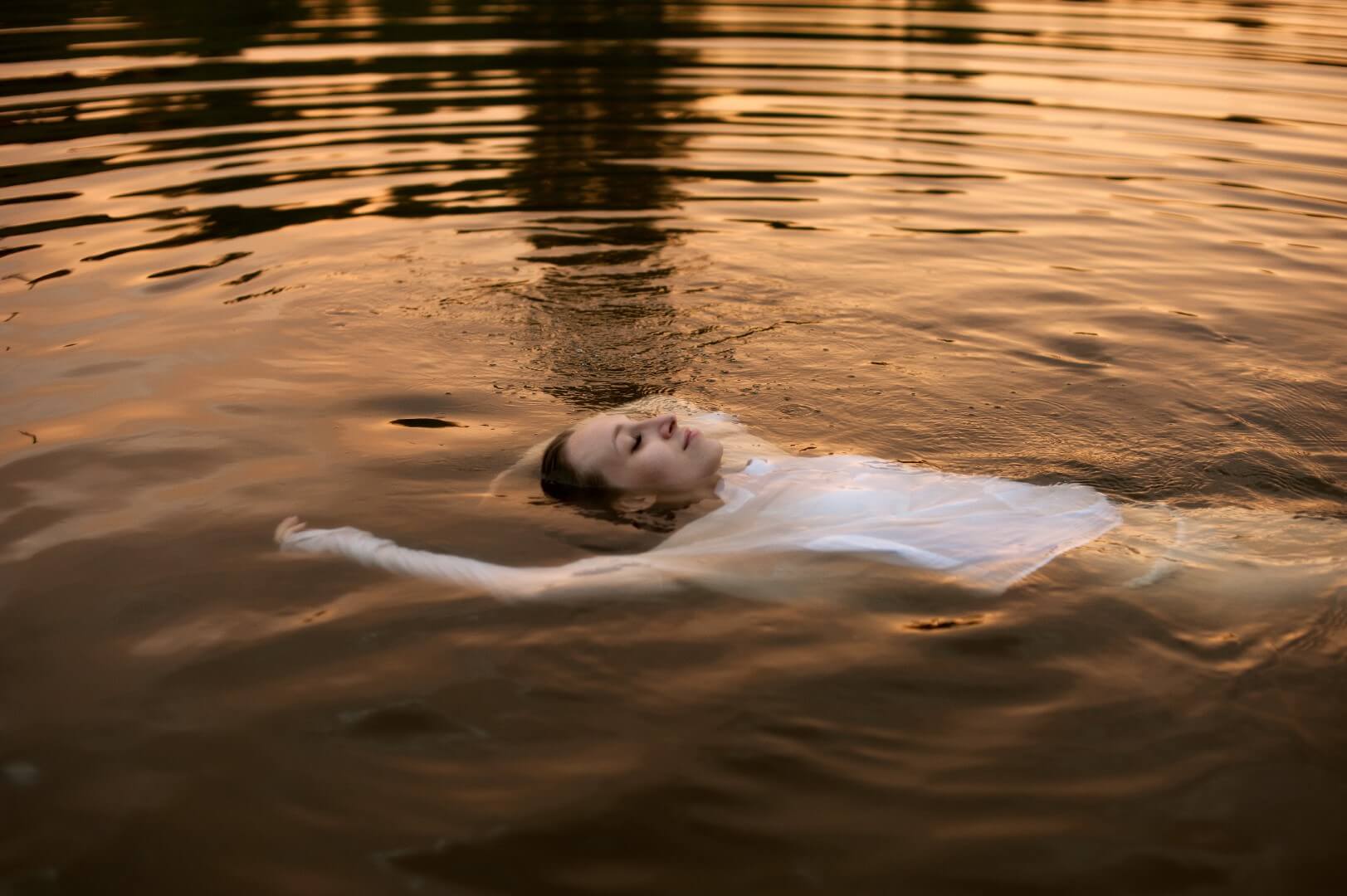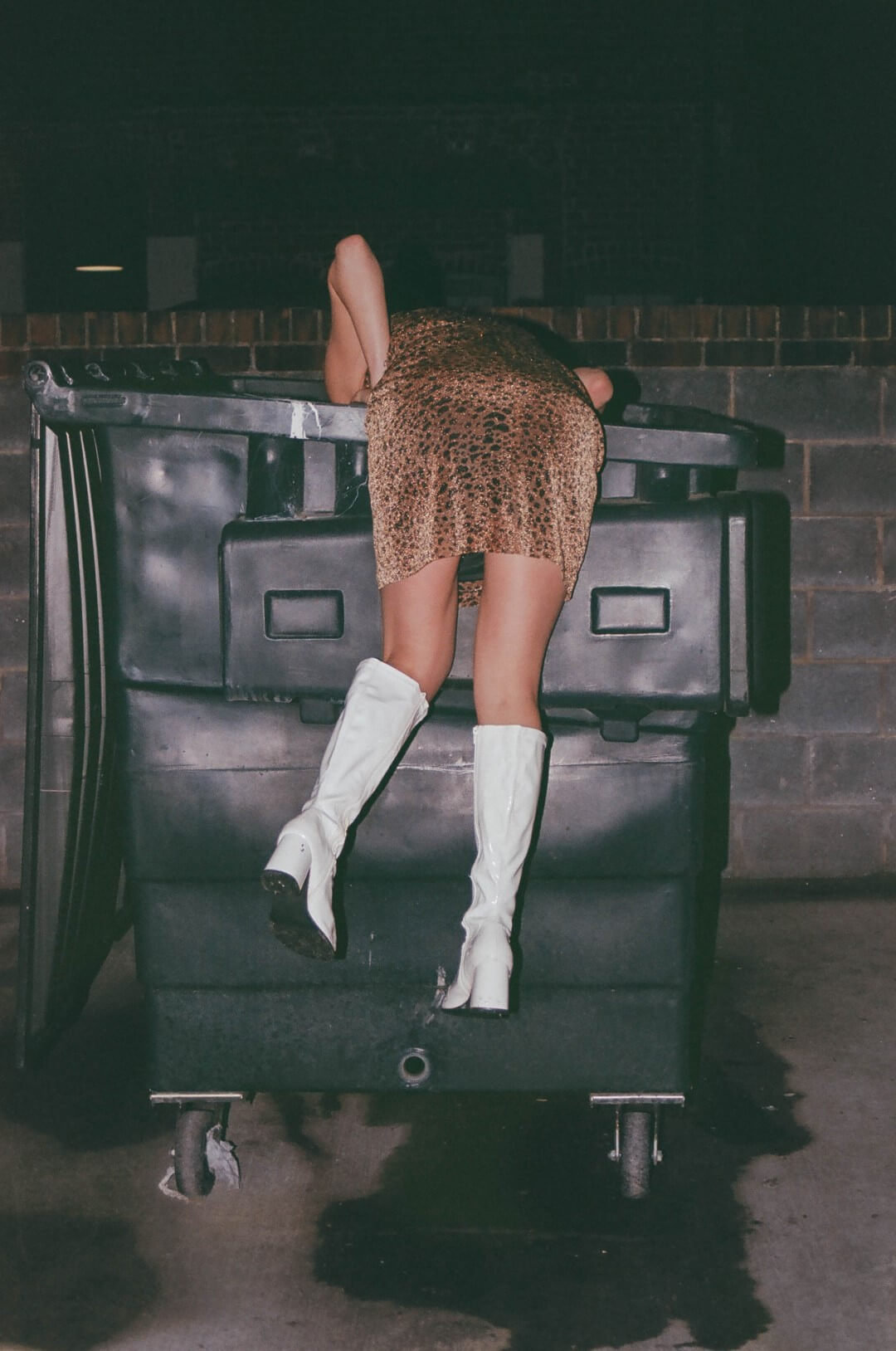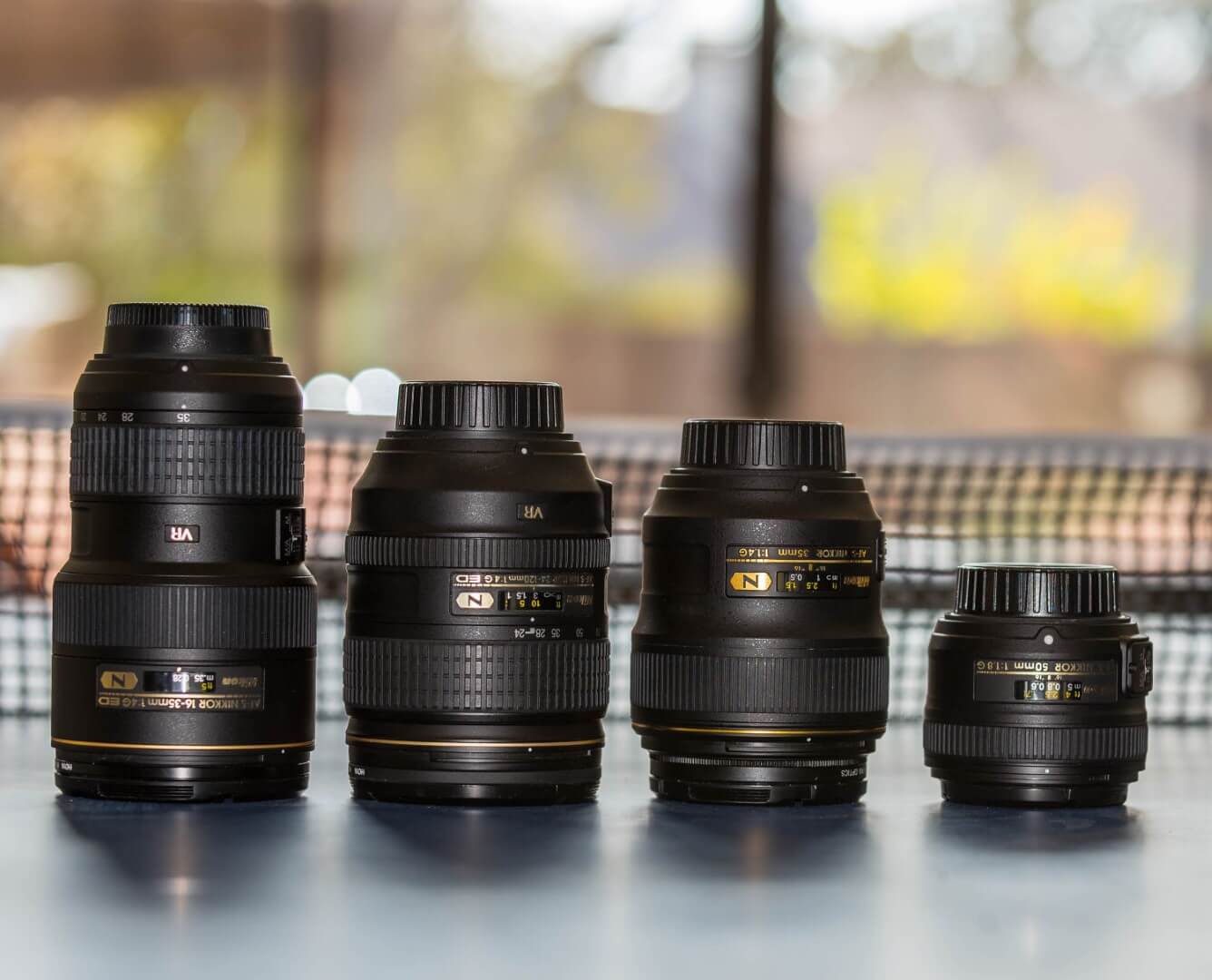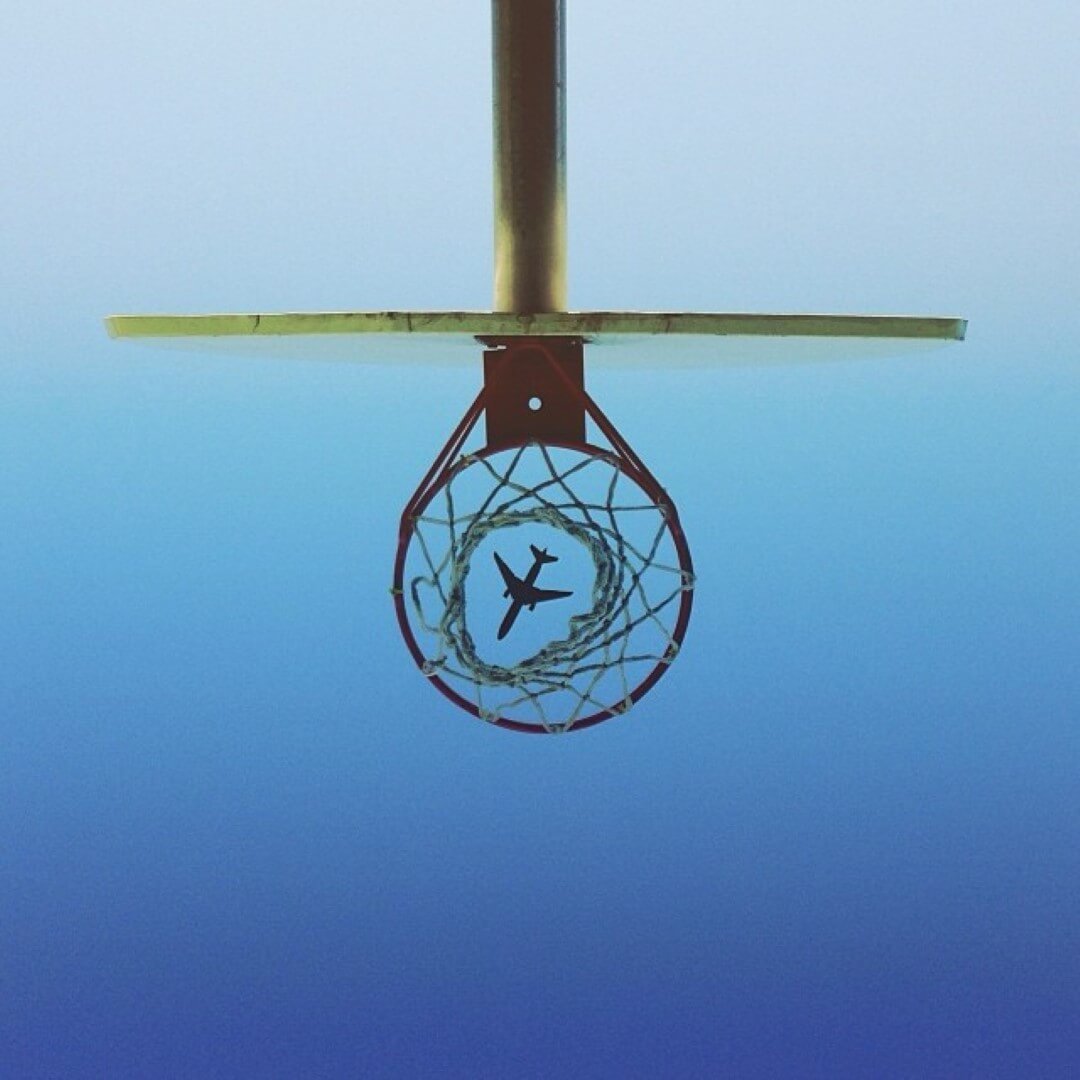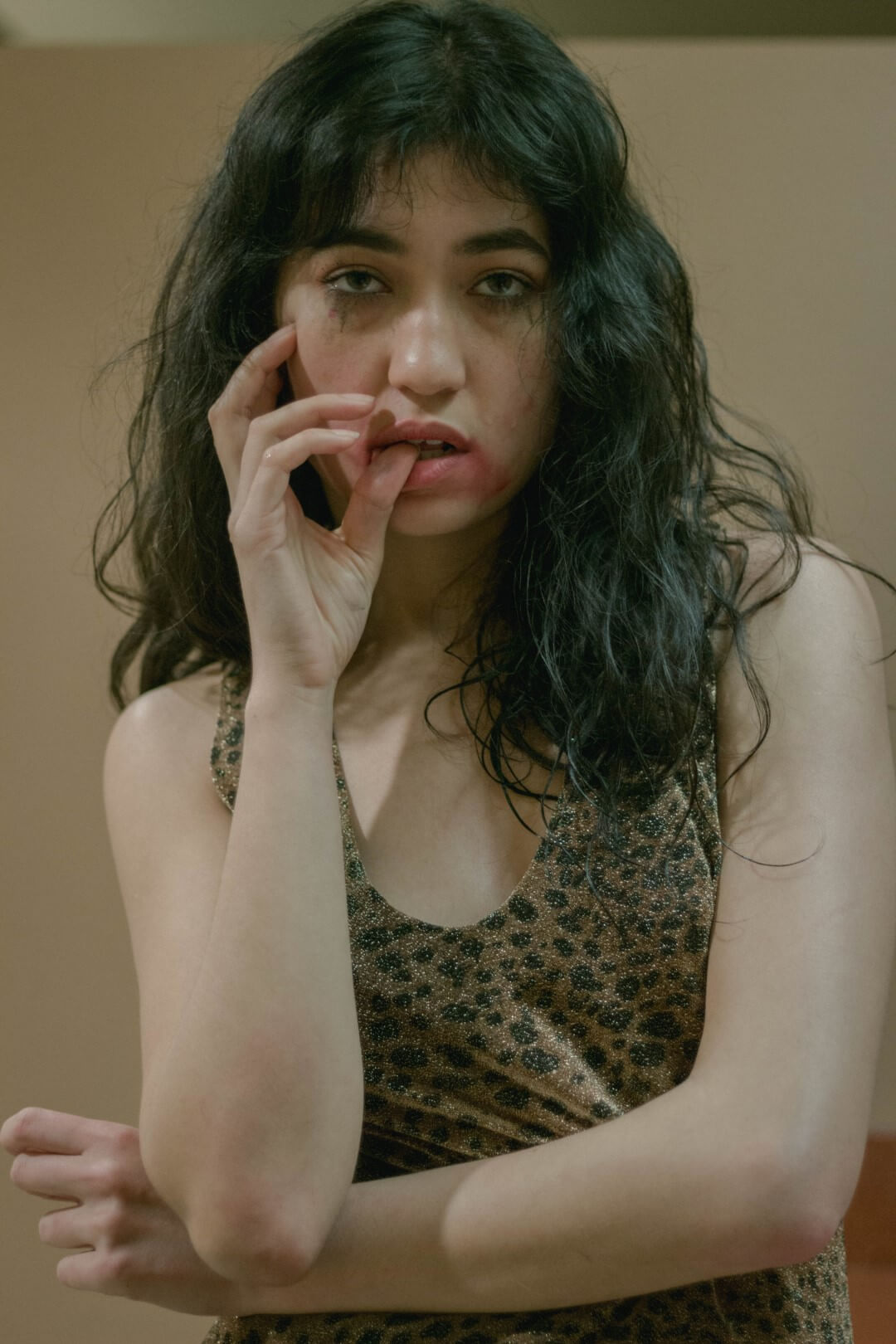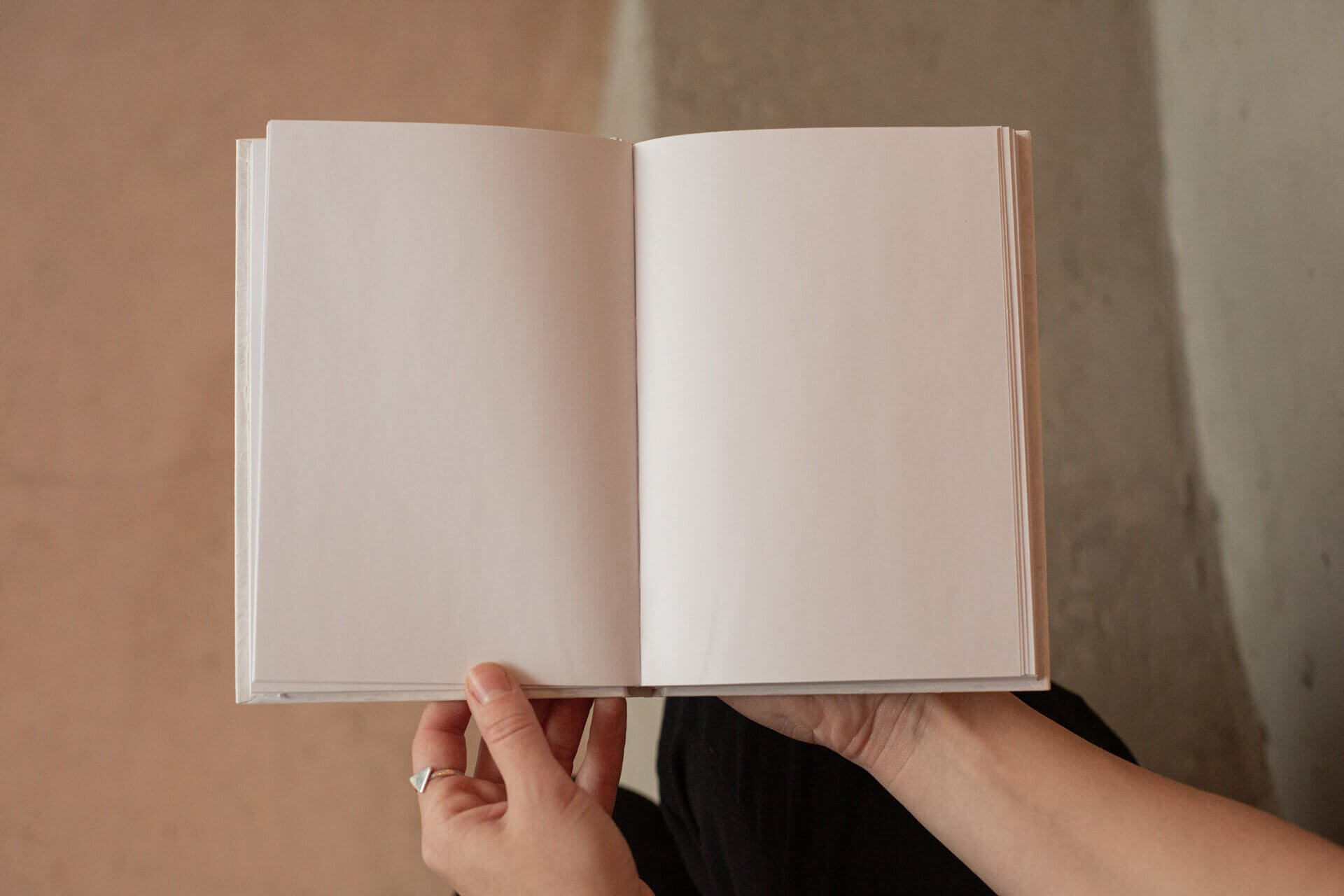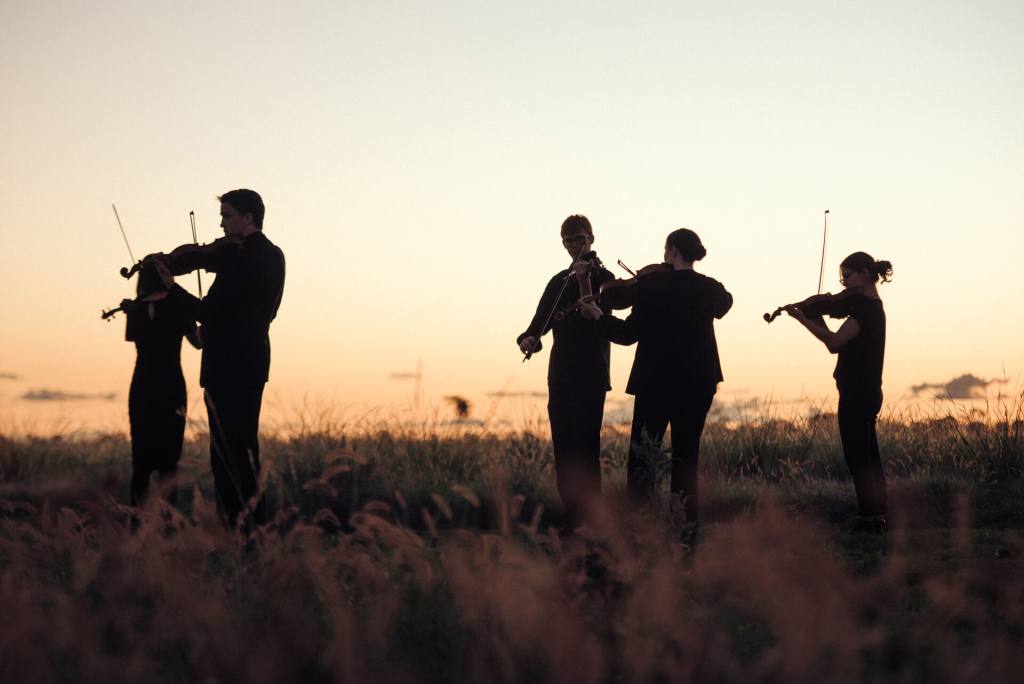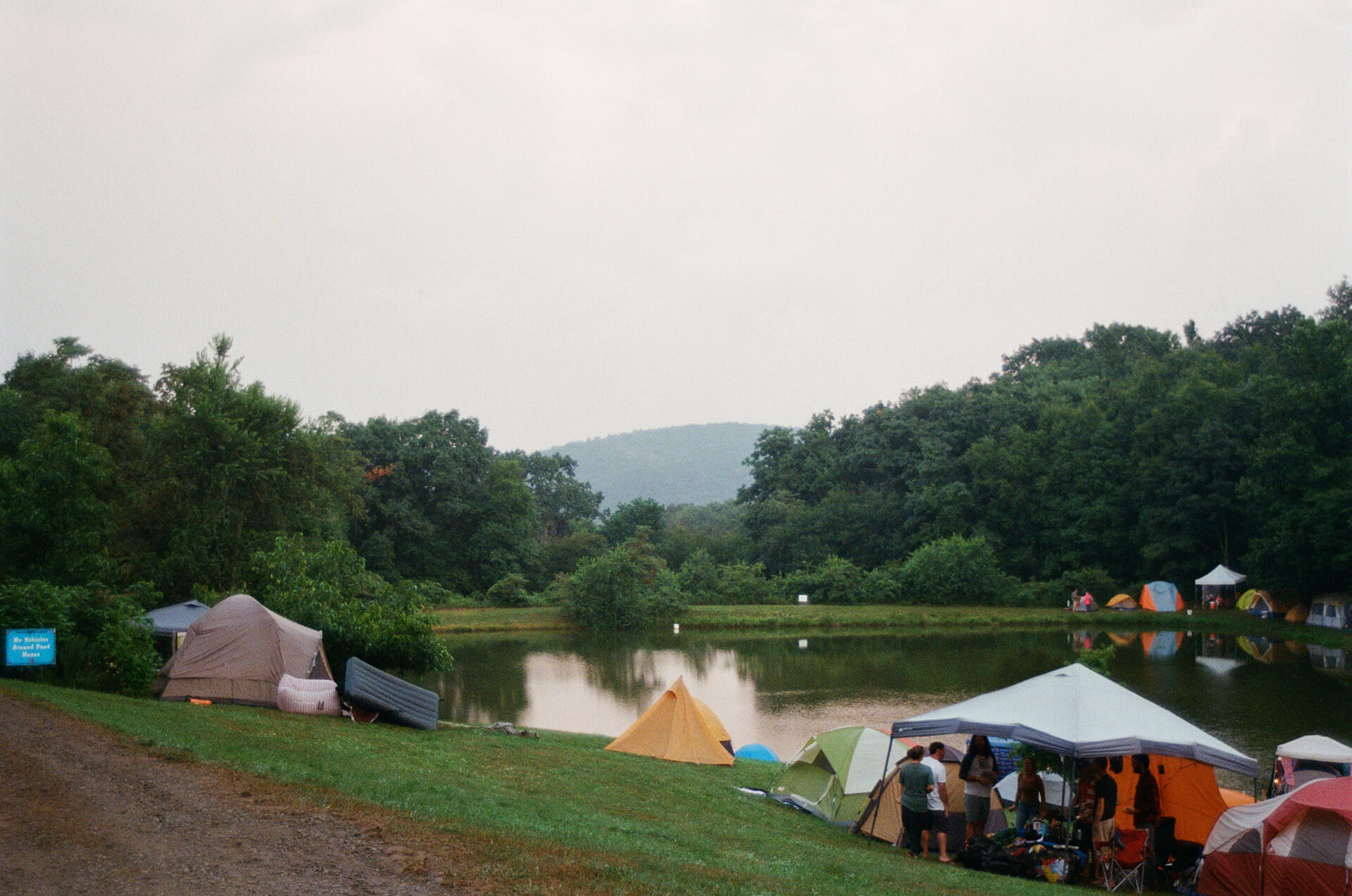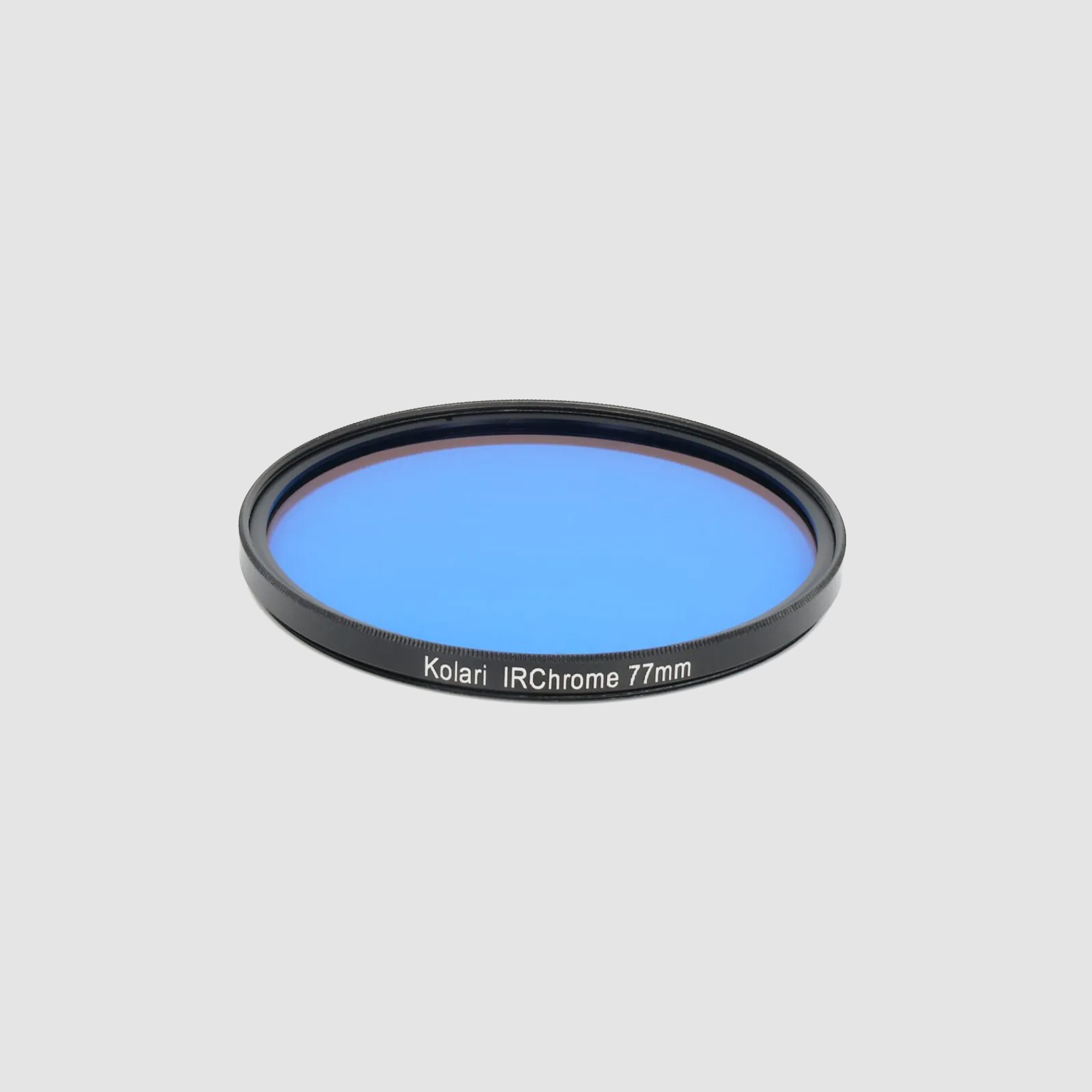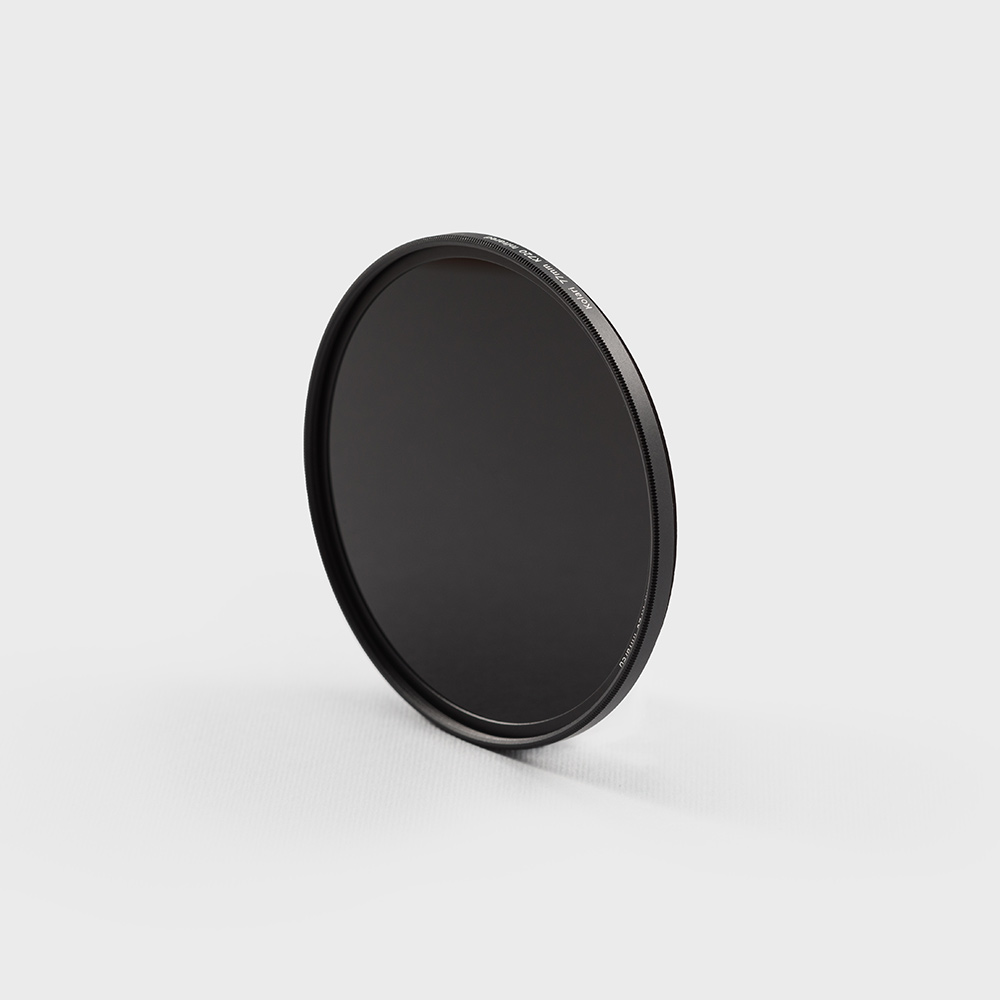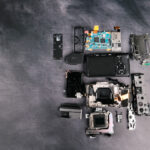You don't take a photograph, you make it.
— Ansel Adams Tweet
Table of Contents
Overview
We’ve previously covered the main technical aspects and techniques of taking photographs. But while good photos generally conform to those rules, great ones often break them. In this article, we will explore some ways you may choose to break the rules in order to make a truly great photograph. The five key components of a great photo are composition, exposure, light, lenses, and vision. Let’s get into it.
Composition
Composition refers to how you choose to arrange the elements within your image. We discussed the traditional compositional techniques at length in our Comprehensive Guide to Composition. We will run through them briefly here.
Leading lines provide structure and draw the viewer to the key elements within your photograph. Whether you choose to shoot horizontally (landscape format) or vertically (portrait format) should be dictated by the direction in which your image flows. Framing your subject within the overall frame can draw attention to it by creating a picture within a picture.
Separating an image with a clear and interesting middle ground, background, and foreground can create a sense of depth. Conversely, getting in close and filling the frame with your subject brings attention to the smaller details. Symmetry creates balance and harmony, a sense of order, whereas the rule of thirds gives a sense of balance while allowing you to move your subject away from the center of the frame.
Everything in your photo should have a greater purpose within the whole image. Negative space, when used correctly, can add an interesting balance to your photos. Lastly, these compositional rules should only be used as a guideline. Once you’ve learned how to adhere to the rules, it’s imperative to learn how to break them to create truly remarkable art.
Exposure
Once you have your composition in place, the next thing to consider is your exposure. Getting the right exposure is imperative to creating an impactful image. Keep in mind that the ‘right exposure’ is highly subjective and is not always what your camera’s light meter thinks, as long as you know what you’re doing. If you’re not familiar with how your camera settings affect your exposure, read our Complete Beginner’s Guide to Aperture, Shutter Speed, and ISO.
As a quick overview:
- Aperture controls how much light enters your camera.
- Shutter speed controls how long light enters your camera.
- ISO controls how sensitive your camera is to light.
You first want to set your ISO to the lowest setting your scene will allow. Next, you’ll want to set either your shutter speed or your aperture, depending on which is the most important to your photo. If the depth of field is a priority, set your aperture first and then balance out the exposure with your shutter speed. If you’re photographing motion, determine how you want to capture it and set your shutter speed accordingly. Then balance out the exposure with your aperture.
There are many ways in which you can manipulate your exposure to create a more impactful photo. A shallow depth of field can draw focus to a portrait, while a deep depth of field can capture a scene in great detail. A fast shutter speed can freeze motion in time, while a slow shutter speed can capture the full range of motion with motion blur.
Your camera always aims to expose an image so everything is clear and visible, but this may not always be the look you’re going for. You may want to intentionally underexpose your image to turn your subject into a silhouette, or you may want to intentionally overexpose to bring back details in the shadows.
Light
Photography itself is nothing but the art of capturing light. While light is an imperative and intangible element of any photograph, great photos treat it like an object or even a character. A bland, boring, uninteresting scene at one part of the day can be entirely transformed into a work of art at another part of the day just by how the light lays upon and reflects off of the different surfaces. Light has a way of pulling out textures, colors, and details. It can call attention to certain areas, give or remove a sense of depth, and determine the overall mood depending on the type of light it is.
Hard Light
Hard light is commonly referred to as harsh light for a reason. The sheer intensity of hard light packs a punch with very high contrast. Hard light comes from a single direction and is often a result of shooting in the bright midday sun or with a spotlight. It tends to be dramatic and uneven, making it tricky to work with. You will inevitably lose details in your deep shadows and expose fine details in the striking highlights. This can be good or bad, depending on what you’re going for.
Hard light can create simplified or even abstract compositions as our eyes are naturally drawn to the brightest areas of an image. Harsh light is decisive. The shadows can add character by telling a story about the light–where it’s coming from and its intensity–giving it dimension. Harsh light is striking, but if your goal is to flatter your subject, then it’s best avoided.
Soft Light
Soft light is a gentle caress thoughtfully lain upon your subject. It is unobtrusive and uncommanding. It does nothing but flatters your subject, which is why it’s the ultimate go-to lighting for portrait photographers. Natural soft light often comes from one direction, much like hard light, but it is generally diffused before it reaches the subject, so the shadows are much less dramatic and still retain their detail.
In natural conditions, portrait photographers prefer overcast skies that naturally diffuse the sun with clouds and shooting at times of day when the sun is lower in the sky, making it much less harsh. In a studio, a softbox or a diffuser are favorite tools. Soft light is flatter than hard light, resulting in even lighting with lower contrast.
White Balance
While hard and soft light refers to the intensity of light, white balance is all about the source of the light. Natural and artificial light are wildly different in tone, and they convey vastly different moods as well. Daylight is often cool-toned, making your images look a bit blue, while sunrise and sunset are much warmer, creating the classic ‘golden hour’ look. Artificial light such as lamps and other household lights are also warm-toned, looking rather orange. You can adjust your white balance to either correct this, making your image appear more neutral in tone, or accentuate the color, which can add to the atmosphere and mood of the scene.
Digital cameras have white balance presets for common lighting conditions: daylight, shade, cloudy, tungsten, fluorescent, and flash. These balance the light to make it appear more neutral. You can also use auto white balance (AWB), which is generally fairly accurate to real life. If you’re shooting in RAW, it’s not as important to perfect your white balance in camera. You can always tweak it to look how you want in post-processing. The tone of the light in your image can evoke an emotional response in your viewer if you choose to. You can intentionally make the white balance bluer or more orange to make the image feel cooler or warmer.
Flash
Flash is another interesting lighting technique that can be applied to create better images, but only when used properly and not overdoing it. Typically, the built-in flash on your camera is considered a tool for extreme amateurs. Generally speaking, it is bright, harsh, and domineering. It’s horribly angled and incredibly unflattering on your subject. Never allow your camera’s flash to fire without you deliberately telling it to. Using your flash just because it’s too dark will almost always result in an unusable photo.
When used intentionally, however, it can give your image just the boost it needs. When using flash in the daylight, it’s referred to as a ‘fill flash.’ It simply adds a little extra light to your subject to make it stand out. This is especially useful when shooting backlit scenes. The fill flash allows you to bring a little detail back to your subject. As the flash is an artificial light source, it will likely make your image look a bit unnatural. Additionally, flash can be a great technique for freezing any rapid movement that may otherwise be missed.
Lenses
Carefully choose your lens based on your desired outcome. There are many different types of lenses–zooms, primes, wide-angle, telephoto, and a multitude of focal lengths–to choose from, and each one serves a different purpose. If you want to capture something far away but make it look close by, you don’t want to be shooting with a wide-angle lens. Similarly, a telephoto lens will make it extra challenging to include the entire scene immediately around you without backing up quite a ways. We have a guide to understanding the different types of lenses and how they affect your images.
Vision
More than any technique, truly the most essential element to crafting a great photograph is your own creative vision. If you want to make photos that stand out among the sea of imagery available, you have to tap into the one thing that no one else possesses–you. We all have a unique way of seeing, feeling, and thinking. No one will ever see something exactly the same way that you do. That is why art is so subjective, and that’s why no one can create your art except for you. By uncovering what makes you and your creative approach unique, you can use that to make an outstanding photograph. There are a few different ways you can tap into your unique way of seeing the world.
Henri Cartier-Bresson coined the phrase “decisive moment,” and he was certainly a master at them. The decisive moment is all about knowing the precise moment to press the shutter button. It’s an instinct. Very rarely do great photographs offer themselves on a silver platter. You have to go out of your way to find them. That could mean traveling, climbing, or patiently waiting hours for the moment when everything falls into place. Be it a shift in the light or a character that suddenly steps into the frame, the decisive moment is instantaneous and often difficult to capture but well worth it when you get it just right.
Not every shot is going to be a winner. Photography is a process of making mistakes, learning from them, making more mistakes, and so on until you finally capture what you’re looking for. Photography–or any form of art, for that matter–is an exercise in extreme patience. But don’t get sucked into the trap of perfection. The desire for perfection can stifle creativity and cause you to disregard or even delete anything that seems to fall short. A ‘perfect’ image isn’t necessarily always a ‘good’ image. Perfection is boring and ostracizing. Sometimes it’s better to capture the right moment with the wrong settings than to capture the wrong moment with the right settings.
A great photograph tells a story. The way you decide to tell that story is what makes it beautiful. Subjects of conventional beauty, such as sunsets or flowers, often don’t photograph as well as we want them to. Even if it’s a pretty photo, it usually can’t quite live up to the real thing. These photos of conventionally beautiful subjects rarely tell much of a story. They’re just nice to look at. To quote Henry Carroll, “Average photographers imitate beauty. Great photographers create their own.” Beauty can be found in the most unexpected places. It is in these places where you are more likely to find interesting subjects you can showcase in a different version of beauty. These kinds of subjects tell much better stories than one that’s simply photogenic.
Sometimes, you just need to get on a different level when shooting. A telltale sign of a bad photographer is shooting every image from eye level. This is how we all see the world every day. This is boring and predictable and offers no new perspective. If you’re not contorted into some bizarre photography yoga pose when you’re shooting, you’re probably doing it wrong. Climb on a table; get in a tree; crouch down hunched over; lie on your back and shoot upside down. Don’t be afraid to look ridiculous or get a little muddy to get unfamiliar angles. The unique viewpoints you’ll be able to capture by doing this will show your subject from a whole new perspective. This can add new layers to the story you’re telling.
If you set out to shoot with no clear plan of what you want to capture, you will likely return with a chaotic assortment of random images that don’t feel quite inspiring. Setting an intention to shoot one particular subject matter will focus your attention as you’re out and about. It can be as simple and broad as choosing to shoot open windows on the street. This gives your outing a purpose and forces you to look for moments and scenes you may have otherwise not noticed if you weren’t searching for them. You can create far more interesting photos this way than simply walking around with no clear objective other than to “shoot some photo.”
Capturing the little in-between moments are often far more intriguing than posed photographs. They are raw and honest. They give you a glimpse into the subject’s inner world while leaving room for the viewer’s imagination to fill in the blanks.
To really tap into the full potential of what photography offers, try committing yourself to shoot a series instead of individual, unrelated images. A series can be about anything that interests you, and you can still take individual photos that may not be directly related. But because they have at least one small element in common, they can be brought together by a unifying purpose to create a larger, more meaningful story.
Conclusion
Photography has the ability to show more than just what’s readily available on the surface. Great photography goes deeper to show us what’s underneath. You can spend your time learning every little thing you can about the technical side of photography, but it won’t help you to create the most telling stories. Sure, it can help you figure out how to get there, but relying on these techniques alone will make your images feel too clinical. As Inzajeano Latif said, “Don’t overthink things. Photograph what you feel.” Creating images and stories of feeling is far more important than any technique. The true magic of photography, that ‘je ne sais quoi,’ isn’t something that can be learned. The magic component is you.
Check out more of our content on the art of photography in our Education Hub.
To stay up to date on new releases and updates, be sure to subscribe to our newsletter.
